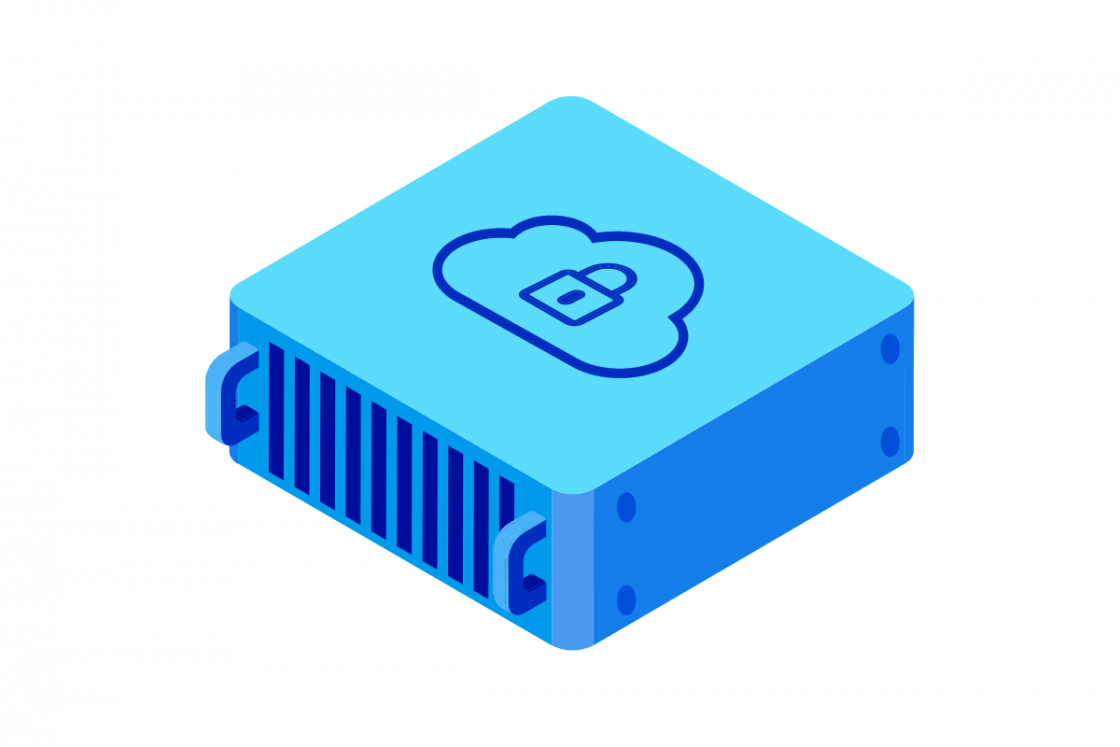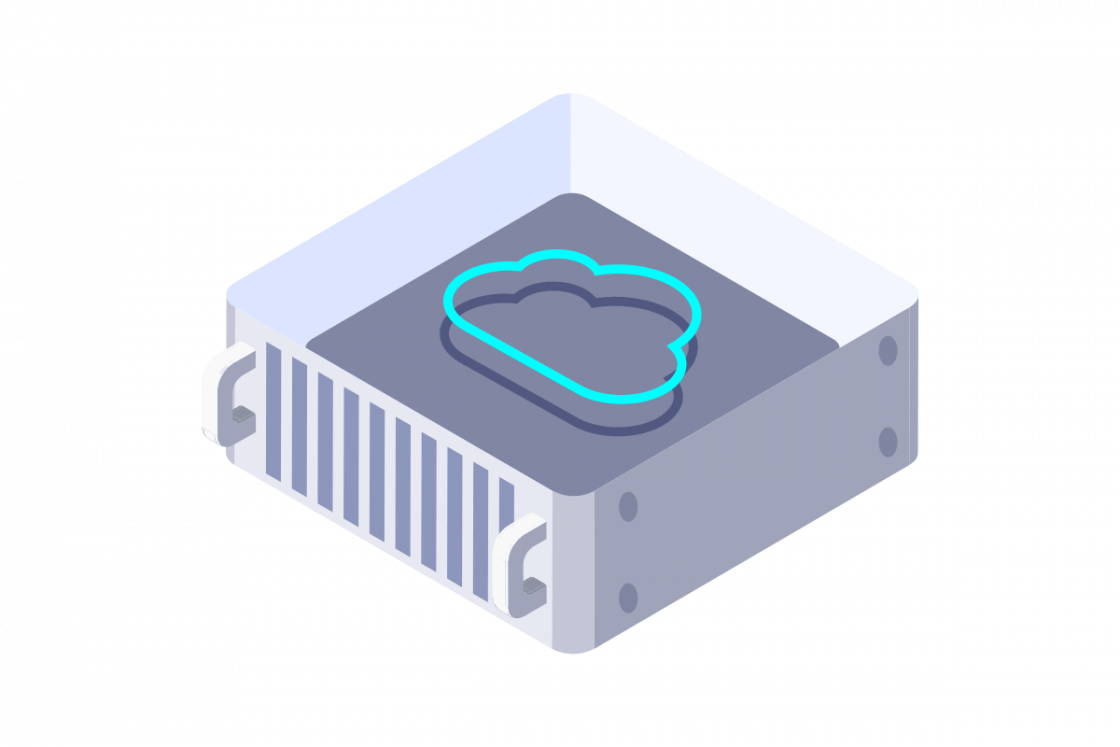What is High Availability?
High Availability (HA) refers to the ability of an IT system, application, or component to operate continuously without significant interruption, ensuring it remains accessible to users even when individual components inevitably fail.

Definition of High Availability
The fundamental principle behind achieving High Availability (HA) is the systematic identification and elimination of single points of failure within the infrastructure, encompassing hardware, software, networking, storage, and power sources.
By architecting systems with built-in redundancy and resilience mechanisms, HA aims to prevent localised failures from cascading into noticeable downtime, thereby maintaining a high level of operational performance and ensuring services are consistently available when needed.
The effectiveness of a high availability strategy is typically quantified by the percentage of uptime achieved over a specific period, often expressed using "nines" notation (such as 99.9% or "three nines," 99.99% or "four nines," etc.), which signifies the closeness to 100% operational time.
Key Features of High Availability
High availability is not a single product or single effort but rather a result achieved through implementing several core technical features and design principles that work together to ensure system resilience and continuity. The most critical features underpinning an HA environment include:
- Redundancy: This is the cornerstone of High Availability (HA). It involves duplicating critical components within the IT infrastructure – such as servers, storage devices, network paths, and power supplies. If one component fails, a redundant counterpart is ready to take over its function, thus avoiding a single point of failure.
- Automatic failover: When a failure is detected in a primary component, an HA system must automatically and seamlessly switch operations over to the redundant (standby) component.
- Reliable failure detection: To trigger an automatic failover, the system must first reliably detect that a failure has occurred. This is typically accomplished through continuous monitoring, often using "heartbeat" mechanisms where components regularly check on each other's status.
- Data replication and synchronisation: For applications and systems that manage data, such as databases, simply failing over to a standby server is not enough; the data must also be available and consistent on the standby system.
These key features collectively enable systems to withstand component failures, handle maintenance gracefully, and deliver the continuous operational performance expected from a highly available service.
Benefits of High Availability
Implementing high availability provides substantial benefits that extend far beyond technical robustness, directly impacting business operations, customer satisfaction, and financial performance.
The most immediate and significant advantage is the drastic reduction in system downtime. By minimising disruptions from both unexpected component failures and necessary planned maintenance windows, HA ensures that critical applications and services remain consistently operational and accessible.
Furthermore, reduced downtime has significant positive financial and operational implications. It directly protects against the revenue loss often incurred during outages, such as lost e-commerce sales or failed transactions, and prevents costly dips in employee productivity when essential systems are unavailable.
Consistent system availability safeguards an organisation's hard-earned reputation, preventing the negative publicity, customer frustration, and potential brand damage often associated with service outages.
High Availability Components
Achieving high availability requires assembling a resilient infrastructure using a combination of specialised hardware and software components designed to eliminate single points of failure and facilitate automatic recovery.
While the specific configuration varies based on application needs and budget, several key types of components typically form the building blocks of an HA architecture:
- Redundant servers: Utilizing multiple physical or virtual servers, often grouped into clusters. In common configurations, such as active-passive or active-active, if one server fails or requires maintenance, another server is ready to immediately take over its workload, ensuring continuous application processing.
- Load balancers: These hardware appliances or software modules distribute incoming network traffic and application requests across the group of servers in a cluster. This prevents any single server from becoming overloaded, improves responsiveness, and, critically, allows traffic to be automatically rerouted away from servers that have failed or been taken offline.
- Redundant storage: Employing storage systems designed for resilience. This often includes internal redundancy features like RAID (Redundant Array of Independent Disks) within a storage unit and frequently involves replicating data between separate physical storage systems (using SAN/NAS replication features or host-based replication software) to ensure data remains accessible even if the primary storage fails.
- Redundant network infrastructure: Implementing duplication in the network pathways. This involves using multiple network interface cards (NICS) in servers, redundant network switches and routers, and configuring multiple physical links between devices to ensure that a single network cable cut or device failure does not isolate critical systems.
- Reliable power supplies: Ensuring continuous power through uninterruptible power supplies (UPS) provides immediate backup during brief power fluctuations or outages, ensuring uninterrupted operation. For longer durations, backup generators are often employed. Protecting the power source is crucial to maintaining the operational status of all other HA components.
The exact mix and configuration of these components depend heavily on the specific availability requirements, recovery time objectives (RTO), recovery point objectives (RPO), and budget for the system being protected.
How High Availability Works
High availability is more than just having backup hardware; it's an automated, dynamic process designed to maintain service continuity in the event of failures. It relies on the constant interplay between redundant components, continuous monitoring, and intelligent software orchestration within a framework often referred to as a cluster.
In a typical HA setup, considering when we think what is cloud computing with HA, multiple servers (nodes) are configured to work together, along with potentially redundant storage and network paths.
During normal operation, critical applications run on a primary node (or across multiple active nodes) while data is continuously replicated to one or more standby nodes.
The key to HA lies in constant vigilance: the nodes in the cluster constantly monitor each other's health status, often using "heartbeat" signals – regular network messages that confirm they are alive and functioning correctly. Application-specific health checks may also be performed to ensure services themselves are responsive.
When a node stops sending heartbeats or fails a critical health check beyond a defined threshold, the clustering software detects this failure. This detection automatically triggers the failover process.
The entire process, from detection to service resumption on the failover node, is designed to happen automatically and rapidly, often within seconds or minutes, depending on the configuration and application.
High Availability vs Disaster Recovery
While both High Availability and Disaster Recovery (DR) are essential components of a robust business continuity strategy, when we think what is public cloud, they serve distinct purposes and address different types of failure scenarios.
Understanding their differences is crucial for comprehensive protection. HA primarily focuses on preventing service interruptions resulting from localised failures – such as a single server crashing, a storage component failing, or an application becoming unresponsive within a data centre or closely linked cloud availability zones.
It achieves this through automatic failover to redundant components operating within the same general infrastructure, aiming for minimal to zero downtime (very low RTO) and minimal to no data loss (very low RPO).
Disaster Recovery, conversely, prepares for large-scale, catastrophic events that could render an entire primary data centre or facility unusable – think major fires, floods, earthquakes, or widespread power outages potentially impacting a whole area.
High Availability in IT Infrastructure
Achieving comprehensive high availability when considering what a virtual server entails requires more than just focusing on a single application or server; it necessitates a layered approach, embedding resilience throughout the IT infrastructure stack.
Neglecting any one layer can create a single point of failure that undermines the entire effort. HA principles are applied across various technological domains, which is crucial when considering what a cloud VPC entails as we strive to build a truly robust system.
At the foundational physical and network levels, HA involves implementing redundancy in core infrastructure. This includes using redundant power supplies (backed by UPS and potentially generators), multiple network interface cards (NICs) in servers, redundant network switches and routers often configured in failover pairs (using protocols like HSRP or VRRP), and diverse physical network paths to prevent connectivity loss.
Firewalls are also commonly deployed in HA pairs to ensure security controls remain active during a failure.
Moving up the stack, server availability is critical. This is often achieved through server clustering, either with physical machines or, more commonly today, using virtualisation platform features (like VMware vSphere HA or Hyper-V Failover Clustering).
Maintaining High Availability
Implementing a high-availability solution is a start, but ensuring its ongoing effectiveness requires continuous attention, proactive management, and regular validation.
High availability is not a "set it and forget it" technology; it demands ongoing diligence long after the initial setup to guarantee it functions as intended when a failure inevitably occurs. Maintaining HA effectively involves several key activities:
- Regular testing: This is arguably the most critical aspect of HA maintenance. Periodically conducting controlled failover and failback tests (drills) is essential to verify that the automated mechanisms function correctly, recovery procedures are accurate and understood by staff, and the system recovers within the expected recovery time objective (RTO).
- Continuous monitoring and alerting: Vigilant, round-the-clock monitoring of all components within the HA ecosystem – including server health, network connectivity, storage status, data replication latency and integrity, and application responsiveness – is fundamental. Robust alerting systems must be configured to promptly notify the appropriate IT personnel.
- Disciplined patch management and updates: Keeping operating systems, applications, and HA software up to date with security patches and functional updates is vital. However, patching must be performed meticulously in an HA environment to avoid inadvertently causing downtime.
- Configuration management and consistency: It is crucial to ensure that configuration settings – encompassing the OS, applications, security policies, and HA software parameters – remain identical and synchronised across all redundant nodes.
Consistent execution of these maintenance activities transforms high availability from a theoretical capability into a reliable operational reality. This ongoing effort ensures the initial investment continues to deliver protection for critical business services, a necessity for organizations everywhere.
OVHcloud and High Availability Solutions
OVHcloud offers a flexible Public Cloud, secure Private Cloud on dedicated hardware, and high-performance Bare Metal Servers. Choose scalable on-demand resources, enhanced control and isolation, or direct physical hardware access for maximum performance and consistent high availability:

Public Cloud
Experience the ultimate flexibility and scalability with OVHcloud Public Cloud. Build, deploy, and manage your applications with on-demand resources, including compute instances, storage, and networking, all powered by open standards like OpenStack.

Private Cloud
Gain enhanced control, security, and performance with OVHcloud Hosted Private Cloud. Leveraging industry-leading VMware technology, this service provides dedicated hardware resources, ensuring predictable performance and robust isolation for your mission-critical applications. When we think of what a private cloud is, we can say that it is ideal for businesses requiring high levels of security, data sovereignty, and customised infrastructure configurations.

Bare Metal Servers
Unlock maximum performance and total control with OVHcloud Bare Metal Servers. Get direct access to dedicated physical hardware without a virtualisation layer, ensuring optimal processing power and I/O performance for your most demanding workloads.